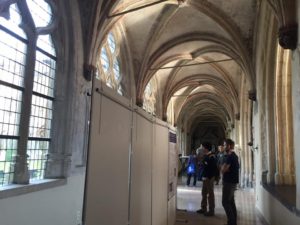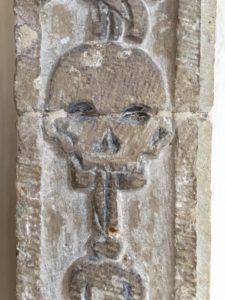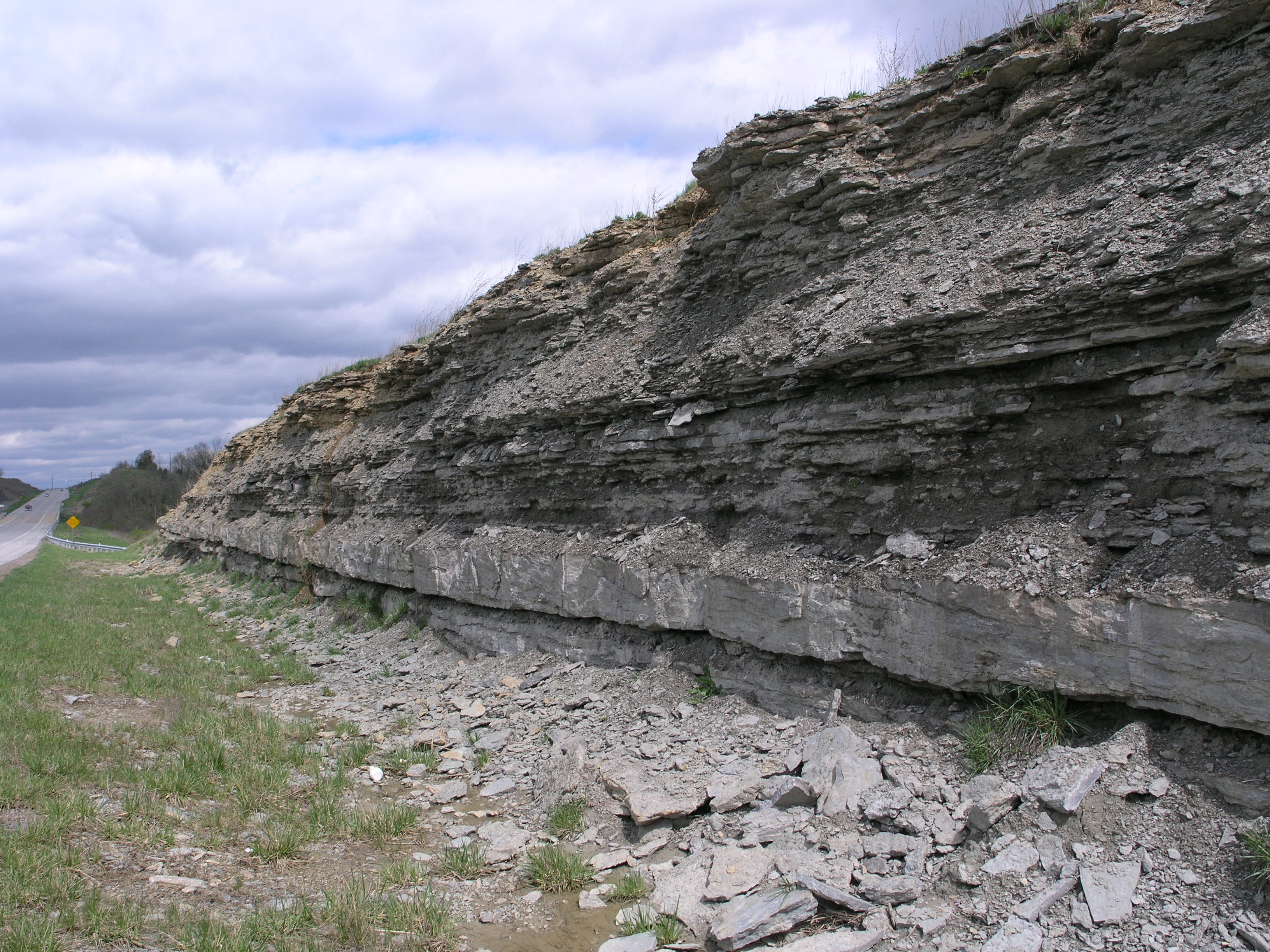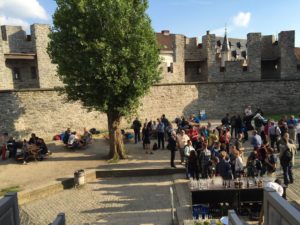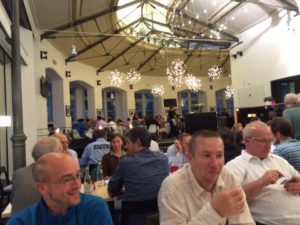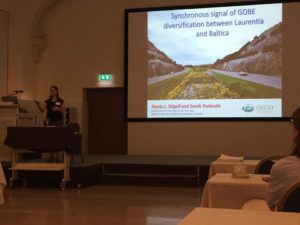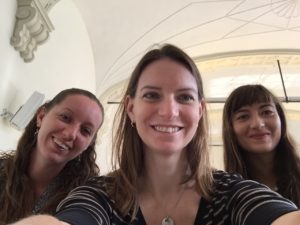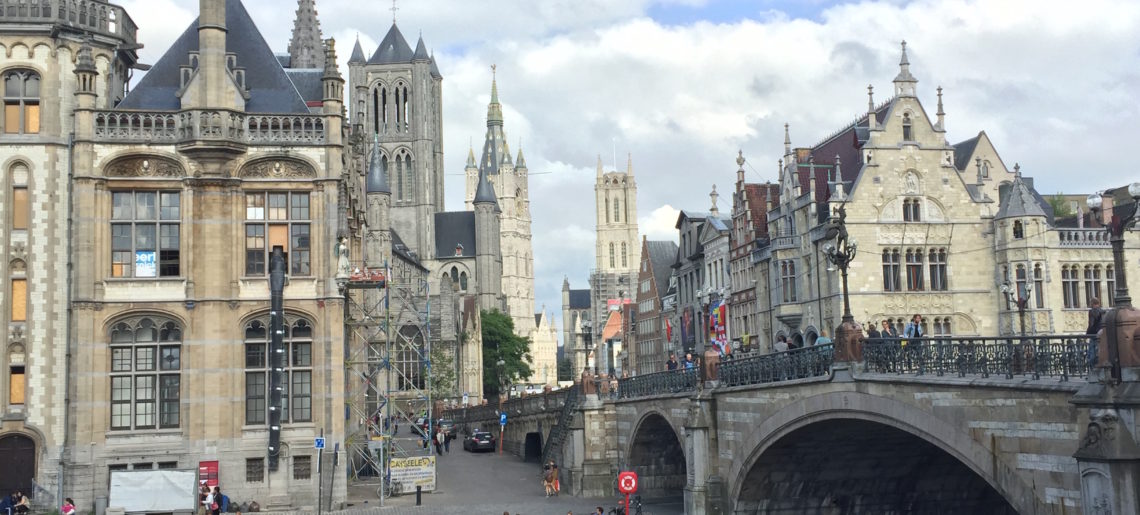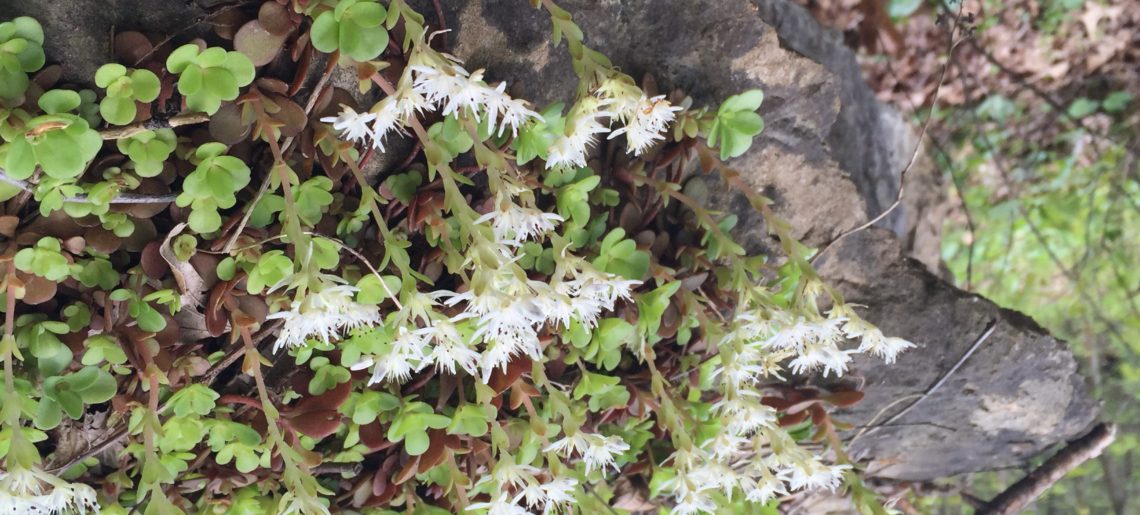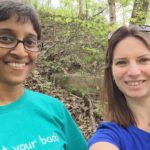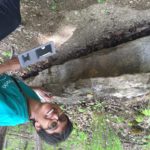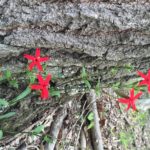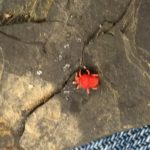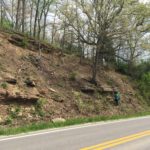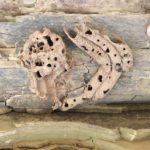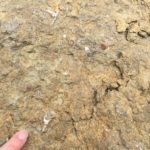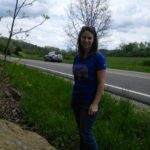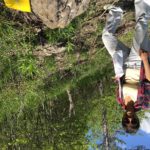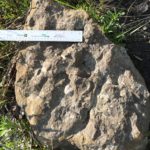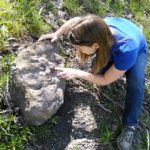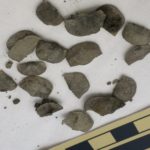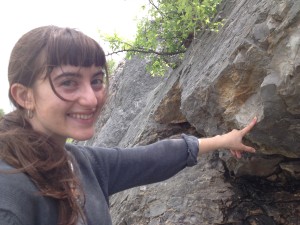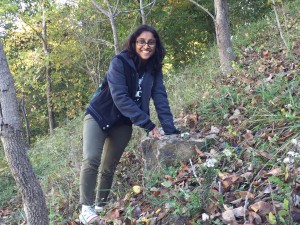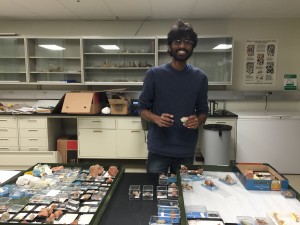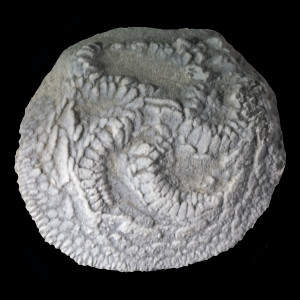I am very excited to be able to participate in this international conference. I am looking forward to the usual conference items: invigorating new science, meeting up with friends and colleagues, intense scientific discussion and the potential for new projects and ideas to emerge. For the past five years, I have participated in summer meetings of the IGCP 591 in Cincinnati, Sweden, Estonia, Virginia (also the 10th ISOS meeting), and now Belgium. Joining this group began partly by happenstance, when I was sent a personal email about the Cincinnati meeting. It was only three hours away, so I said “Of course I should participate! I won’t be able to attend the field trips because my daughter is still a baby, but I can be away for one night right now”, but joining this group has been tremendously impactful for my career. So I’d like to write a little bit about the importance and significance of international collaboration and participation in this post.
As you may or may not know, I am very shy and slow to feel comfortable or make friends with new people. It took me the better part of a decade to build a large enough group of friends and colleagues at GSA to feel really at ease in the American paleontological community. There are many times that I still retreat instead of engaging with paleontologists that I have known for years, and I wonder later if my instinct to hide when awkward or scared comes across as coldness or rudeness on my part.
The IGCP program, however, promotes meetings that are much more personal than GSA, with the ability to interact with colleagues in an inviting setting. I found that the group in attendance at the Cincinnati meeting (only about 40 scientists) was so welcoming and really wonderful, that I really looked forward to joining the Lund meeting the next year. That trend has continued with subsequent meetings, and now I count many of my international colleagues within my close group. In fact, I am now co-leading IGCP 653, which partially follows up on IGCP 591, and includes many of the same scientists.
What is much more interesting than my personal journey, really, is the diversity of the participants of the IGCP projects. I love that these focused meetings bring together scientists that integrate a wide variety of scientific perspectives including biostratigraphy, taxonomy, sedimentology, paleoecology, stratigraphy, climate models, oceanography, and more. There is typically only one session at a time, so all attendees are able to attend talks that align not only with their specific interests, but also their tangential interests, which provides the opportunity to learn new things that I may not have learned had I focused on only on sessions aligned with specific interests. The ability to interact with and learn from people with diverse perspectives is incredibly enriching and productive. This also differs substantially from my typical GSA experience where it is more difficult to attend diverse sessions.
I am also always uplifted by the significance that primary field and specimen-based research is given at these meetings. Certainly databases and derivative or synthetic analyses are also presented and are important, but I find true joy in learning about data from a specific set of rocks and specimens. Remembering that specimens and outcrops are the core data of our field is very important.
Each IGCP or ISOS meeting I attend, I return optimistic, invigorated, and ready to tackle the Ordovician world with a broader perspective. So I am very much looking forward to these next few days in Ghent. The organizers have assembled a really wonderful schedule. I hope that the presentations given my myself and my students/alumni are well received. I am excited to learn new things and discuss shared and divergent ideas with my international colleagues.
Bonus point about being a mother of young children who travels frequently:
I recently purchased a globe (that talks and play national anthems, so fun!) for our daughter’s 5th birthday. She was excited to examine where I was going on this trip. She asked good questions like: How many people live in Belgium? Why is it so little (in comparison to neighboring France and Germany)?
It was really nice talking to my children on the phone from the plane before I took off. Until now, I have typically avoided talking with them on the phone as they haven’t figured out how to effectively talk on the phone and the reminder of my absence makes them sad afterwards. Today seemed different. Our seven-year-old son started to have a real conversation clearly on the phone, and our daughter was also doing quite well. She even asked a question about what I had done during my day. I really miss being with my family.
I look forward to taking them on future trips with me as they get older and more permissive of travel that doesn’t directly align with their personal objectives. A wonderful part of my work is being able to meet and work with people from many countries and cultures. My husband (also a globe-trotting paleontologist) and I hope to be able to share that with our children so that they grow up to be excellent global citizens.
